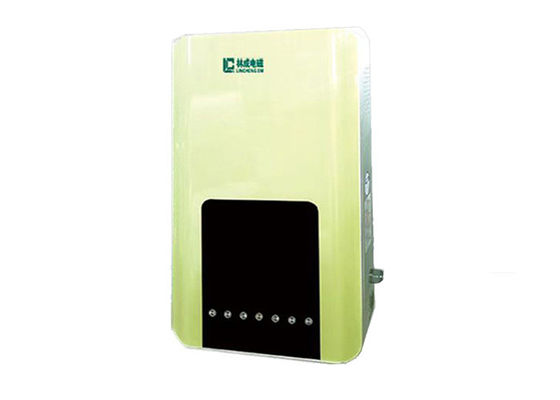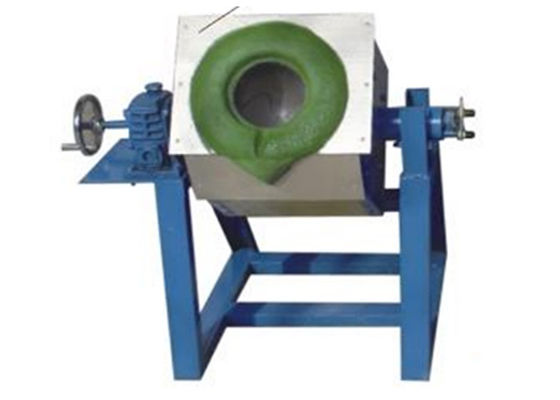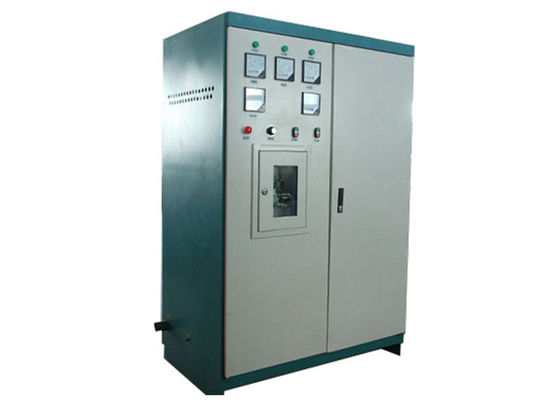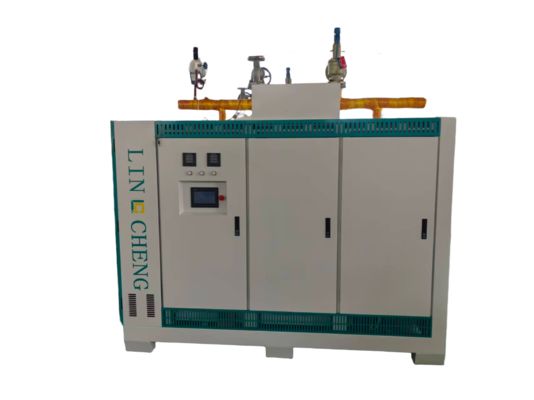At the frontline of oil extraction—the wellhead—crude oil surges from thousands of meters underground. It often congeals in low temperatures due to high pour points and wax content, blocking flow lines. The core solution is heating. However, the area surrounding the wellhead is perpetually permeated with flammable and explosive hydrocarbon gases, where any minor electrical spark or hot surface can trigger a catastrophe. Therefore, Explosion-Proof Heating Equipment for Oilfield Wellheads is not merely a process requirement but a lifeline for safe production. This article delves into why it is indispensable and how to correctly select and apply this critical equipment.
Core Value: Why Wellhead Heating Must Be "Explosion-Proof" Oilfield wellheads are typical Zone 0 or Zone 1 hazardous areas, meaning an explosive gas atmosphere may be present continuously or frequently. In this environment:
-
Safety is the Bottom Line: Non-explosion-proof equipment poses a significant safety hazard. The loss from a single explosion far exceeds the value of the equipment itself.
-
Ensures Production Continuity: Equipment failure or safety shutdowns can halt an entire well or even a production block, causing massive output losses.
-
Enhances Recovery Efficiency: Stable heating effectively reduces crude oil viscosity, prevents wax deposition, ensures smooth flow, and improves recovery rates.
Equipment Unveiled: Mainstream Explosion-Proof Heating Solutions Based on heat source and structure, they are primarily categorized as follows:
-
Explosion-Proof Electric Tracing Systems
-
Principle: Self-regulating or constant-wattage heating cables are wrapped around wellhead assemblies, valves, and jumper lines, providing heat directly via electricity for insulation.
-
Advantages: Flexible installation, high thermal efficiency, enables precise zonal temperature control.
-
Application: Ideal for pipeline heat retention and valve freeze protection, often the preferred choice for medium-to-low pressure wellheads.
-
Explosion-Proof Electromagnetic Heating Devices
-
Principle: Utilizes electromagnetic induction to generate eddy currents within the load (like a heater body or the pipe itself), causing it to heat from within—a non-contact method.
-
Advantages: Extremely high thermal efficiency, uniform heating, long service life, high intrinsic safety (electricity is separated from the load).
-
Application: Suitable for wellheads requiring high heating efficiency and temperature control precision, especially for high-pour-point crude production.
-
Explosion-Proof Hot Water/Thermal Oil Circulation Systems
-
Principle: Heats water or thermal oil in a boiler house located away from the hazardous area, then pumps it via explosion-proof pumps through insulated pipes to heat exchangers at the wellhead.
-
Advantages: High heat capacity, stable operation, allows the primary heat source to be located in a safe area.
-
Application: Used for large well pads, cluster well groups, or situations requiring substantial, stable heat.
Selection Core: 5 Key Points You Must Evaluate ⚠ Heads-up: An error in selection equates to a safety failure.
-
Explosion-Proof Rating Match: The specific gas group (typically IIB or IIC) and temperature class (T1-T6) of the wellsite must be identified. The equipment rating must meet or exceed the site requirements.
-
Accurate Thermal Calculation: Precisely calculate the required heat load based on parameters like fluid production rate, water cut, ambient temperature, and target temperature to avoid underperformance or energy waste.
-
Environmental Durability: Wellhead equipment must withstand wind, sand, rain, snow, salt spray corrosion, and extreme temperature swings. Ingress Protection (IP) rating should be at least IP54, with IP65 recommended.
-
Automation & Control: The equipment should integrate with the oilfield SCADA system for remote start/stop, temperature monitoring, and fault alarms, minimizing manual intervention and enhancing safety.
-
Certification & Qualifications: Always choose products with explosion-proof certificates issued by authoritative bodies like the National Center for Quality Supervision and Inspection of Explosion Protected Electrical Products (NEPSI).
Real-World Scenario: How Explosion-Proof Heating Solves Production Challenges Challenge: An oilfield in Northern China, with winter temperatures down to -30°C, faced severe wax plugging in new high-wax-content wells within hours of startup. Frequent conventional hot washing was costly and drastically impacted production. Solution: Explosion-Proof Electromagnetic Heating Devices (Class IIB T4) were installed on all wellheads in the group, paired with an intelligent temperature control system. Results:
-
Zero Safety Incidents: The equipment operated continuously for years in a gas-rich environment with no safety issues.
-
Dramatically Improved Uptime: Unplanned shutdowns due to wax deposition were eliminated, increasing production stability by over 90%.
-
Reduced Overall Costs: Despite higher initial investment, savings from avoiding repeated hot washing and production losses led to a payback period of less than 12 months.
Your Wellhead Explosion-Proof Heating Equipment Selection Checklist
Conclusion In the demanding environment of the oilfield wellhead, where safety and efficiency are paramount, Explosion-Proof Heating Equipment is far from ordinary industrial hardware. It is a core component safeguarding the smooth flow of the energy artery. Choosing a technologically advanced, fully certified, and reliably designed unit is the most solid commitment to oilfield safety and the most intelligent investment for cost reduction and efficiency gain.
Frequently Asked Questions (FAQ)
1. Q: What are the main types of explosion-proof heating equipment commonly used at oilfield wellheads? A: There are three primary types: 1) Explosion-Proof Electric Tracing Systems for pipeline heat retention; 2) Explosion-Proof Electromagnetic Heating Devices for efficient, uniform heating; 3) Explosion-Proof Hot Fluid Circulation Systems for large well pads requiring significant heat capacity.
2. Q: What is the most critical factor when selecting explosion-proof heaters for oilfield wellheads? A: The foremost priority is always Safety, meaning the equipment's explosion-proof rating must perfectly match the site's hazardous area classification. The second is Thermal Performance, requiring accurate heat load calculations to ensure the heating power meets process demands.
3. Q: Which is better for my wellhead, explosion-proof electric heat tracing or explosion-proof electromagnetic heating? A: Explosion-Proof Electric Tracing is best suited for externally insulating existing pipes and valves against freezing and heat loss. Explosion-Proof Electromagnetic Heating is ideal as an active heat source for concentrated, efficient heating of key components like the Christmas tree and chokes, especially for high-pour-point crude. They are often used together.
4. Q: What kind of routine maintenance does this equipment require? A: Regular inspections are needed for intact explosion-proof enclosures, loose fasteners, and sealed cable glands. For heat tracing, insulation resistance should be periodically measured. All maintenance must be performed by personnel trained in explosion-proof standards.
5. Q: Can we use equipment that is structurally reinforced but lacks official explosion-proof certification? A: Absolutely prohibited. National regulations mandate the use of certified explosion-proof equipment in hazardous areas. Using uncertified products is a serious violation, and users bear full legal responsibility for any resulting incidents. There are no shortcuts when it comes to safety.

 Your message must be between 20-3,000 characters!
Your message must be between 20-3,000 characters! Please check your E-mail!
Please check your E-mail!  Your message must be between 20-3,000 characters!
Your message must be between 20-3,000 characters! Please check your E-mail!
Please check your E-mail! 









